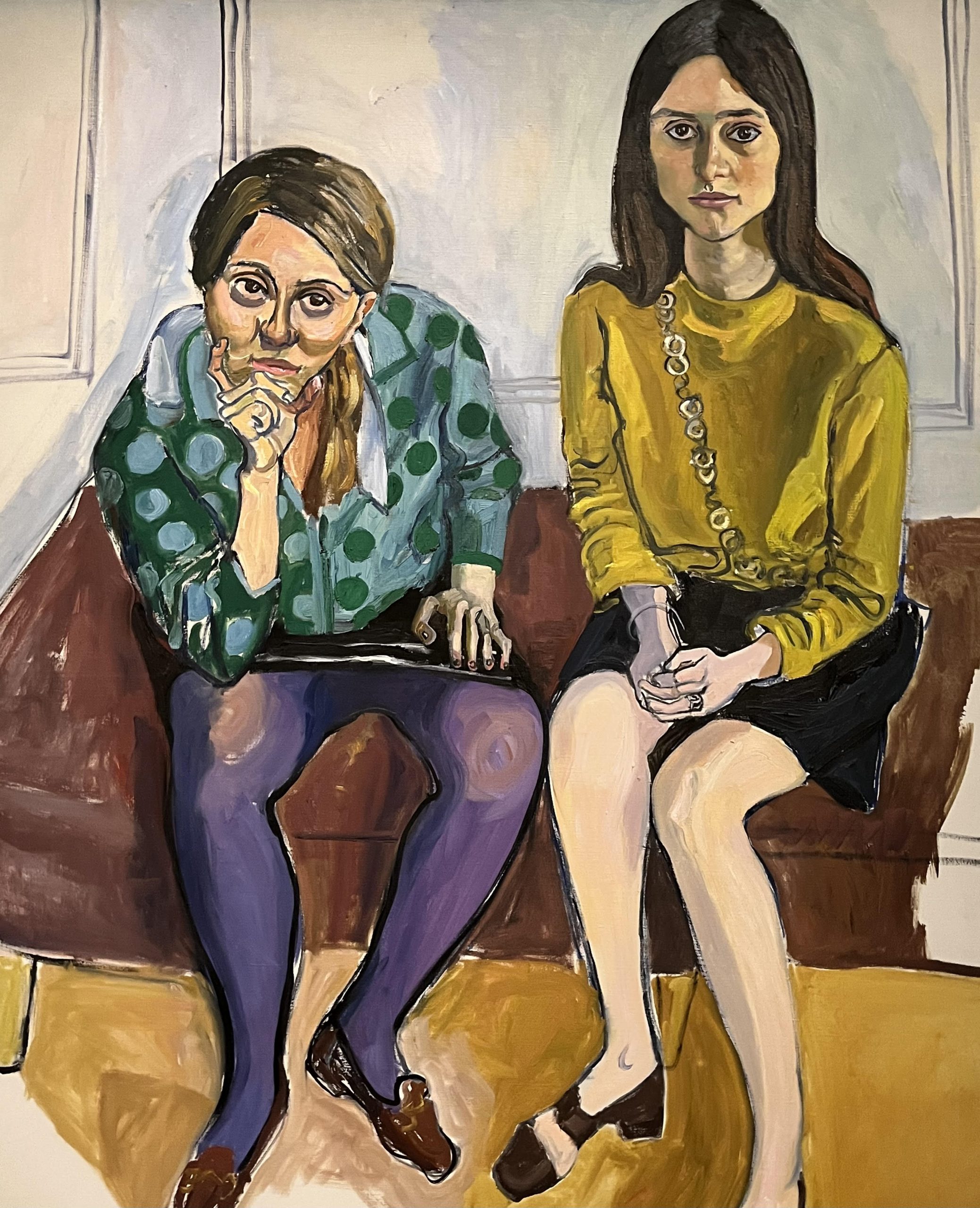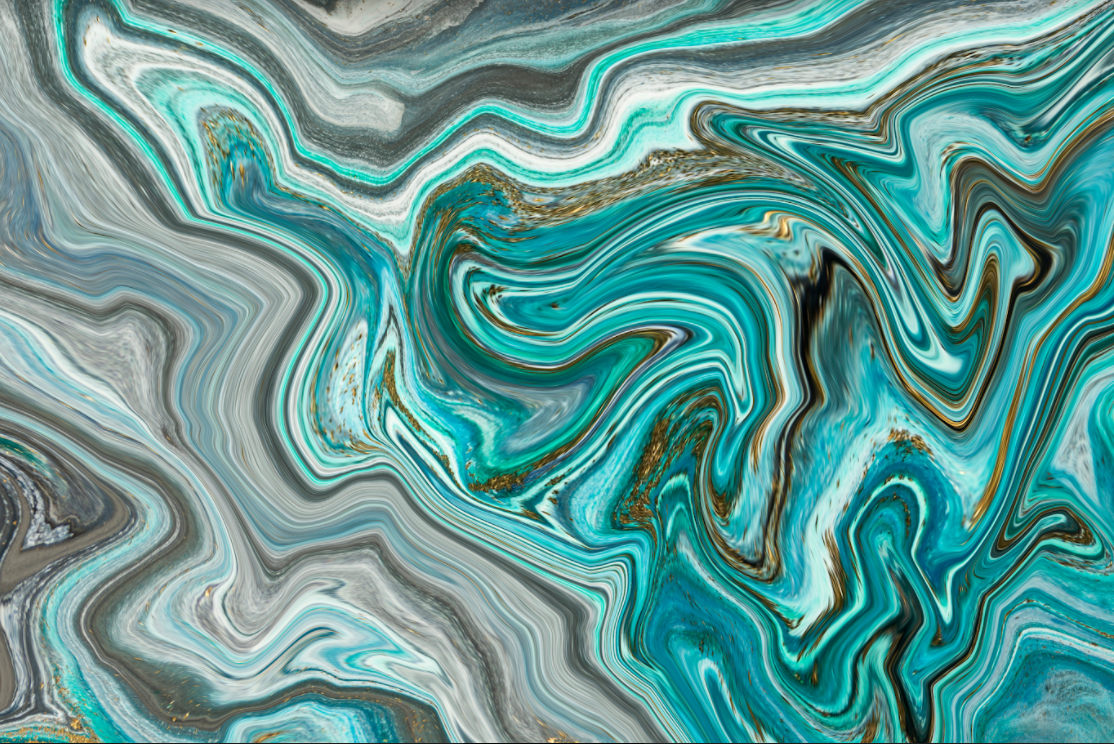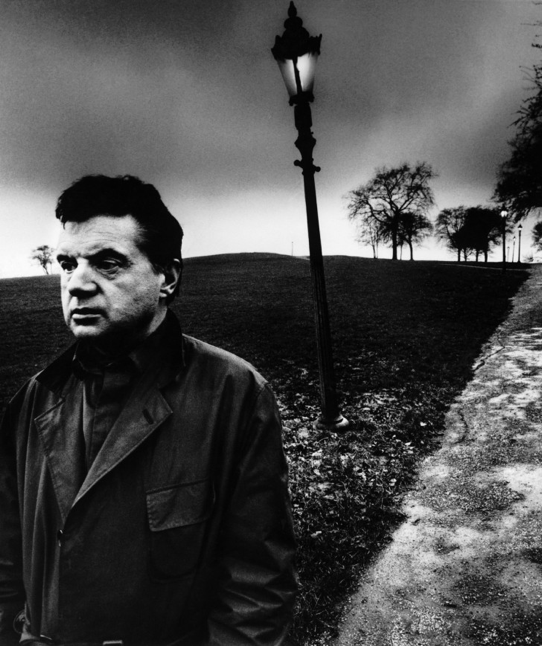
Anarchic Humanism: Alice Neel at the Barbican Art Gallery
Alice Neel sits naked in front of me.
In oil-paint form, that is, but the effect is no less striking for it. The artist’s first self-portrait, created when she was in her 80s, epitomises the irreverence, the subversion and the brash humanity that pulses within her work. These urges are somewhat tentative, yet undeniably present within her earliest images from New York, and swell gradually to the fore during her time spent in Cuba and Spanish Harlem. They are fostered further by her precarious experiences within Depression-era America and by her own significant mental struggles. One is swept through a generally chronological series of images, yet there are moments of jolting stillness, too. Catch the gaze of a subdued pregnant woman, or read of how Neel used to ask her sitters questions as she worked in order to obtain a fuller sense of them, and you are struck by the psychology of the images. The tension within this exhibition is remarkable: one is tugged and jarred between rooms at riveting pace.
Neel gazes out from her much-featured blue and white striped armchair. The striking fabric of the upholstery only serves to emphasise her very nakedness – and nakedness it seems to be, for this is hardly nudity. If one is to draw a distinction, perhaps the latter suggests a deliberateness, and an eroticisation. Neel has chosen to paint herself in this way, certainly, but there is something of a startled wariness about her expression, as if she is not entirely convinced of her decision. She clutches a paintbrush, her arm half-raised as if moving to swipe a canvas before being interrupted. Her brow is lifted and her mouth is downturned. One feels like an intruder – or at least on edge – before fully entering the gallery. Yet the portrait encapsulates Neel’s ethos. She portrays herself in old age – it is an absolutely human image. She is not beautiful, and nor does she seem to exude an aged venerability. Her hair is white with a disconcertingly yellowed tone, and the reddened skin of her cheeks sags from her jaw. Her breasts hang shapelessly over a pale paunch of stomach. The exaggerated tones of her palette do anything but remedy this impression: green defines her shoulders, and her ankles swell with an unhealthy violet. A faded orange provides shadow beneath the chair, its warmth emphasizing the sallow blue of her body. Yet her eyes are bright, and the blue of the armchair extends out confidently to outline her figure. It is an intensely psychological piece. Neel is not beautiful and she is not idealised in any manner – but she is remarkably vital. It is an intriguing yet highly effective curatorial decision to place it right at the entrance.
This urgency to portray the human permeates Neel’s work. She succeeds in conveying the essence of the individual not through acute physical accuracy – though her earliest portraits, from Havana, seem to attempt this, yielding more uncertain sketches in obviously tentative shades of brown – but through gestural line and lucid colour. The eyes she paints are astonishingly articulate, enormous dark almonds blinking out towards the viewer. Born in Philadelphia, she trained under the Ashcan School artist Robert Henri, who urged her towards Expressionism despite the contemporary fashion for the Abstract and insisted that she “paint what is real to you”. After marrying the Cuban Carlos Enríquez Gómez, she moved to Havana, but their marriage broke down when their first child died. He took their second to live with him in Cuba, whilst Neel herself moved to Greenwich Village in New York. Having suffered a nervous breakdown in 1930 and experiencing significant poverty following the Wall Street Crash of 1929, painting seems to have been her method of self-control, of expression, and ultimately as a cathartic iteration of human psychology. Her assertion that “we are powerless. I can’t bear that, I hate to be powerless, so I live by myself and do all these pictures, and I get an illusion of power” is inked across one wall: it seems to confirm this impression. Her subjects embody this urgency to harness and reproject the human experience. They are varied, a subversive medley that speak to the developing strength of her political consciousness and her absolute capacity of the individual. Oil sketches from the thirties titled The Uneeda Biscuit Strike (1936), The Magistrate’s Court (The Courtroom Scene) (1936), and Nazis Murder Jews (1936) reach across one wall.
Upon moving to Spanish Harlem in 1938, her work shifts towards portraiture. The Communist author Philip Bonosky peers down at a newspaper in a 1948 image, an intellectual and somewhat supercilious essence captured within heavy black outline. Vulnerability and power collide, and the exhibition emphasises this. Neel’s own experience of maternal loss bleeds into her work: The Well Baby Clinic (1928), painted after the death of her first daughter, depicts faceless nurses and grotesquely demonic mothers. Their babies are red and flayed. In her portrait Margaret Evans Pregnant (1978), the eponymous mother-expectant sits uncomfortably on a stool. This is not an idealised nude. A mirror in the background reveals that Evans’s shoulders are contorted awkwardly, and her legs are tense as she bears the weight of a swollen purple belly. Much like Neel’s later self-portrait, a quivering blue outline offers a curious vibrance to the otherwise wan figure. Later, Neel painted the feminist art historian Linda Nochlin. Her legs are crossed with a confident ease. A dark and exaggerated line puckers her forehead, suggesting a stern academic concentration- and her daughter, Daisy, sit in her arms. The matter of maternity leaks through.
Alice Neel’s subjects, dramatically varied, are utterly alive. Angular Communists clutch their manifestos, mothers blink out through enormous black eyes, their children painted in beside them as small replicas. These are not idealised individuals, but they exude a uniquely compelling psychological fervour. Neel’s description of herself as an “anarchic humanist” seems entirely apt: a sense of this woman’s tumultuous and exceptionally vital life is not simply suggested through her portraiture. It practically smacks one across the face. ∎
Words by Eva Stuart.







